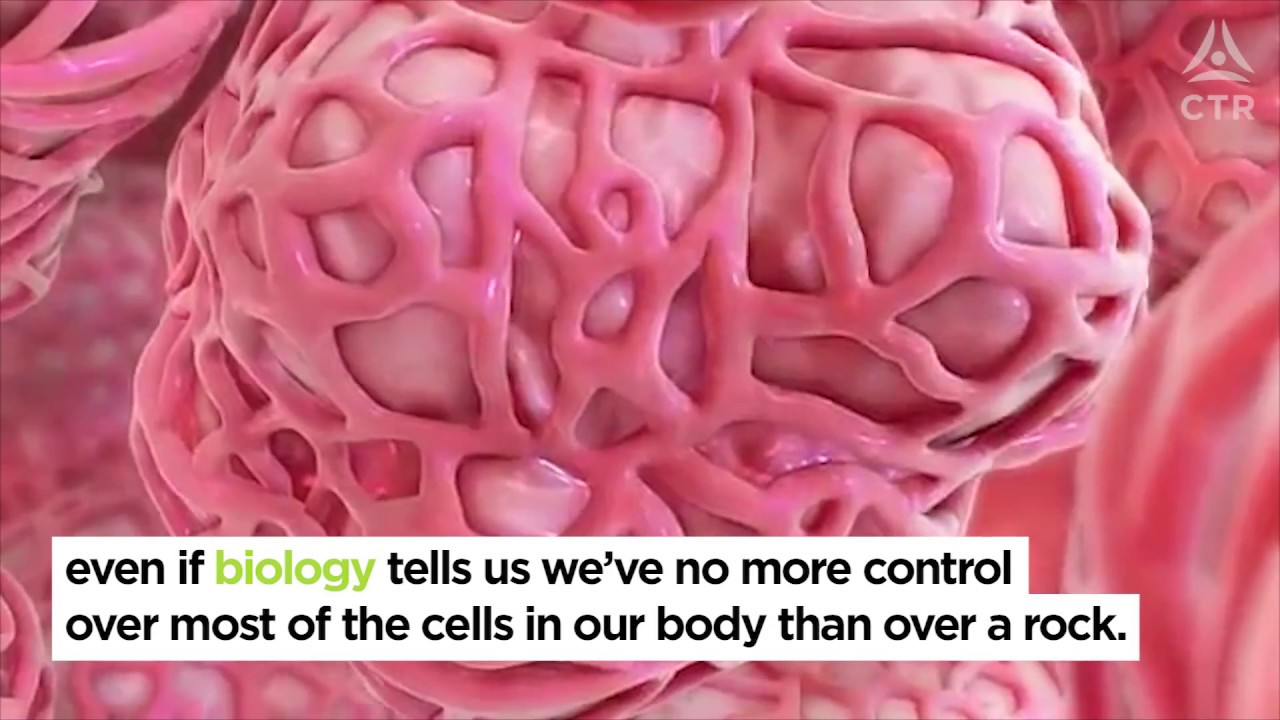Science, Technology & the Future
Paper: http://agi-conf.org/2010/wp-content/uploads/2009/06/paper_41.pdf
This paper is about Algorithmic Probability (ALP) and Heuristic Programming and how they can be combined to achieve AGI. It is an update of a 2003 report describing a system of this kind (Sol03). We first describe ALP, giving the most common implementation of it, then the features of ALP relevant to its application to
AGI.
They are: Completeness, Incomputability, Subjectivity and Diversity. We then show how these features enable us to create a very general, very intelligent problem solving machine. For this we will devise “Training Sequences” – sequences of problems designed to put problem-solving information into the machine. We describe a few kinds of training sequences.
The problems are solved by a “generate and test” algorithm, in which the candidate solutions are selected through a “Guiding Probability Distribution”. The use
of Levin’s search procedure enables us to e±ciently consider the full class of partial recursive functions as possible solutions to our problems. The guiding probability
distribution is updated after each problem is solved, so that the next problem can profit from things learned in the previously solved problems.
We describe a few updating techniques. Improvements in updating based on heuristic programming is one of the principal directions of current research. Designing training sequences is another important direction.
For some of the simpler updating algorithms, it is easy to “merge” the guiding probabilities of machines that have been educated using different training sequences | resulting in a machine that is more intelligent than any of the component machines.
The Third Conference on AGI – Lugano, Switzerland, March 5-8 (Fri-Mon) 2010
http://agi-conf.org/2010/
Continuing the mission of the first two AGI conferences (AGI-08, that was held at the University of Memphis; and AGI-09, that was held in Washington DC), in March 2010, AGI-10 will gather an international group of leading academic and industry researchers involved in serious
scientific and engineering work aimed directly toward the goal of artificial general intelligence.
This is the only major conference series devoted wholly and specifically to the creation of AI systems possessing general intelligence at the human level and ultimately beyond. By gathering together active researchers in the field, for presentation of results and discussion of ideas, we accelerate our progress toward our common goal.
Filmed and Edited by Raj Dye
== Artificial General Intelligence ==
The original goal of the AI field was the construction of “thinking machines” — that is, computer systems with human-like general intelligence. Due to the difficulty of this task, for the last few decades the majority of AI researchers have focused on what has been called “narrow AI” — the production of AI systems displaying intelligence regarding specific, highly constrained tasks.
In recent years, however, more and more researchers have recognized the necessity — and feasibility — of returning to the original goals of the field. Increasingly, there is a call for a transition back to confronting the more difficult issues of “human level intelligence” and more broadly “artificial general intelligence (AGI).”
== AGI-10 ==
Science, Technology & the Future – By Design
http://scifuture.org
Source




Hi bitter taste
some mind blowing stuff